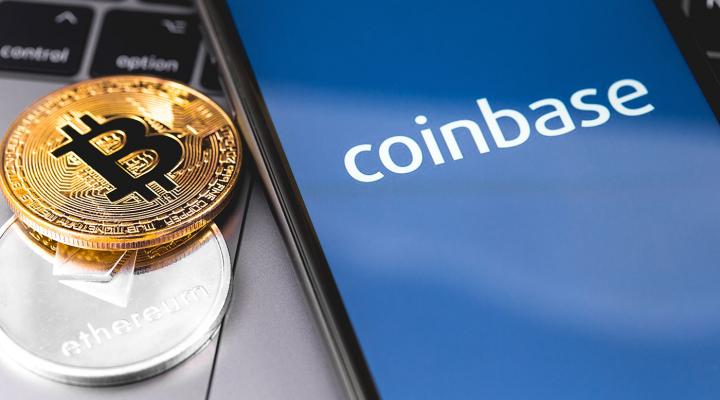You’ve likely heard numerous comparisons between crypto and the internet — e.g. The crypto industry is similar to the internet in [insert year]. I’ve heard it a lot, but I never knew if it was accurate or just something people said to sound smart. I was in elementary school when I got my first AOL CD, in middle school when I got an AIM account, and in high school when I discovered Napster … so, I was there, but I’m not exactly an internet historian.
But, after reading more about the history of these technologies, it’s abundantly clear that our platform is really not all that different from those that came before it.
Almost every new technology has experienced a prolonged period of serendipitous invention, a meaningful period of uncertainty and market discovery, and an unprecedented burst of growth. With each of these cycles, the platform was doubted until it was obvious; frivolous until it was irreplaceable; and niche until it was ubiquitous. In 1993, the prevailing wisdom was that the internet might be a good tool for academics and scientists; there was little reason to believe in widespread consumer adoption. All of these transformative products saw similar shifts. And the people who deeply believed in the power of these technologies and were able to will them into existence ended up building generational companies (Bell, Intel, Windows, etc.). Below are some specific examples.
The Telephone: Invented in mid 1850s; patented by Bell in 1876
In 1876, President Rutherford B. Hayes said to Alexander Graham Bell: “That’s an amazing invention, but who would ever want to use one of them?” The initial use case was niche — mostly focused on government and specific types of corporate communication. However, by the late 1890s (15 years after its invention!) consumer adoption grew modestly as costs were lowered. In 1900, there were nearly 600,000 phones in Bell’s telephone system; that number shot up to 2.2 million phones by 1905, and 5.8 million by 1910. The telephone has obviously transformed nearly every aspect of our lives, however, it took nearly 50 years since invention (and 30 years since Bell’s patent) for many folks to agree on the telephone’s importance.
The Transistor: Invented by Bell Labs in 1947
The initial goal was to replace vacuum tubes for landline communication. A few folks saw the potential — that all information could be converted into data and be routed/manipulated with these transistors. However, it took nearly three decades for that to unfold. By the mid 1950s, the transistor was used in hearing aids, telephone routing and radio. Shockley (eventually spawning Fairchild and Intel) and Texas Instruments saw the opportunity for much wider usage — and started commercially producing semiconductors in the late 1950s. From there, it took another ~20 years for the technology and production to advance enough to support a personal computer.
The Personal Computer: First truly personal computer created in 1974 by Altair
Like the telephone and transistor, people saw the niche potential but not the mass appeal. “There is no reason anyone would want a computer in their home,” Ken Olsen, founder of Digital Equipment Corporation, said in 1977. The Apple II was introduced in 1977 and, over its 17 year history, sold 5–6 million units. 10 years after the Altair, the Macintosh was released: the first mass-produced PC with a graphical user interface. By 1990, 15% of homes had a PC, in 1997 ownership reached ~35%. And, as many now remember, it wasn’t until the mid/late 1990s that the computer was widely accepted as a critical tool for both businesses and consumers.
The Internet: ARPANET came online in 1969
Commenting on the internet in the early 1990s, Ben Horowitz said, “At the time most people believed only scientists and researchers would use the Internet. The Internet was thought to be too arcane, insecure, and slow to meet real business needs.” In fact, the favorites to build the “information superhighway” were proprietary, centralized technologies from Microsoft and Oracle (sounds somewhat familiar). It took another ~15 years for the majority of people to understand and/or benefit from the internet.



